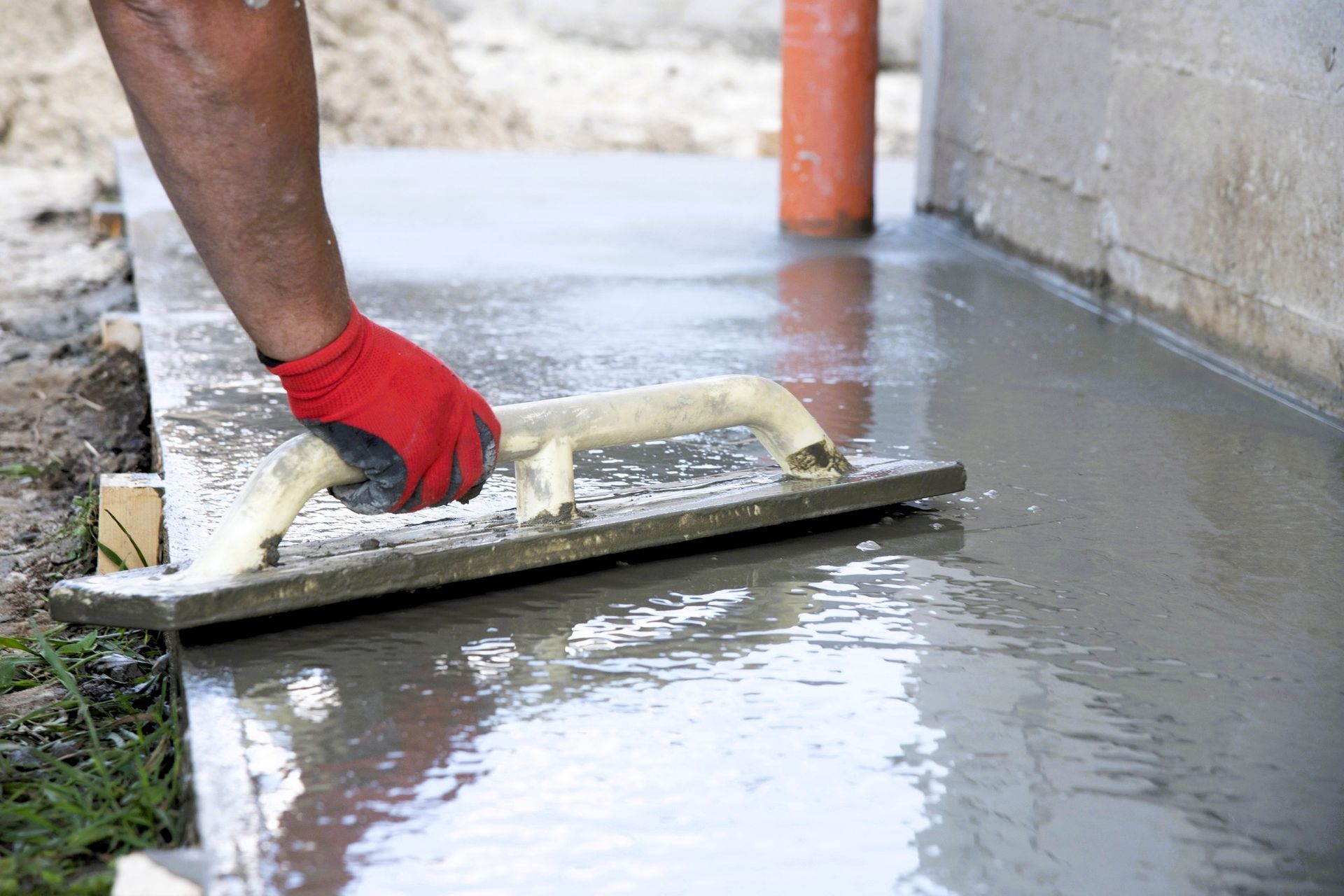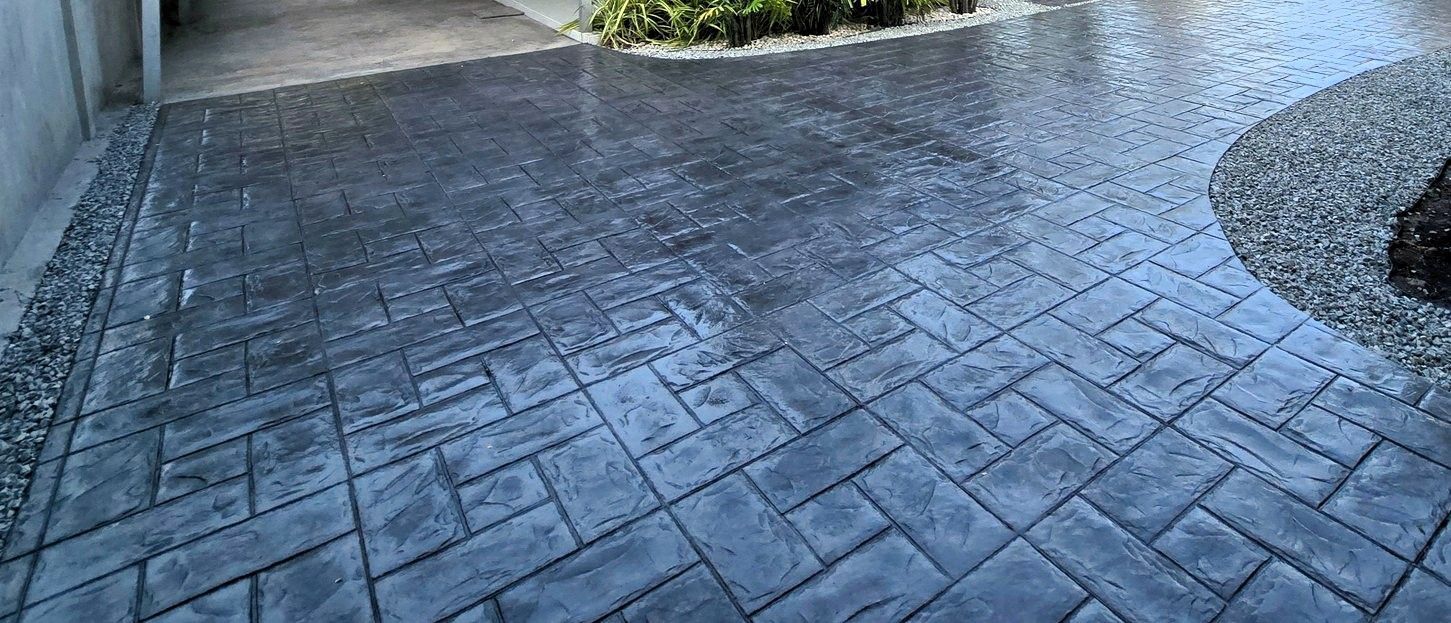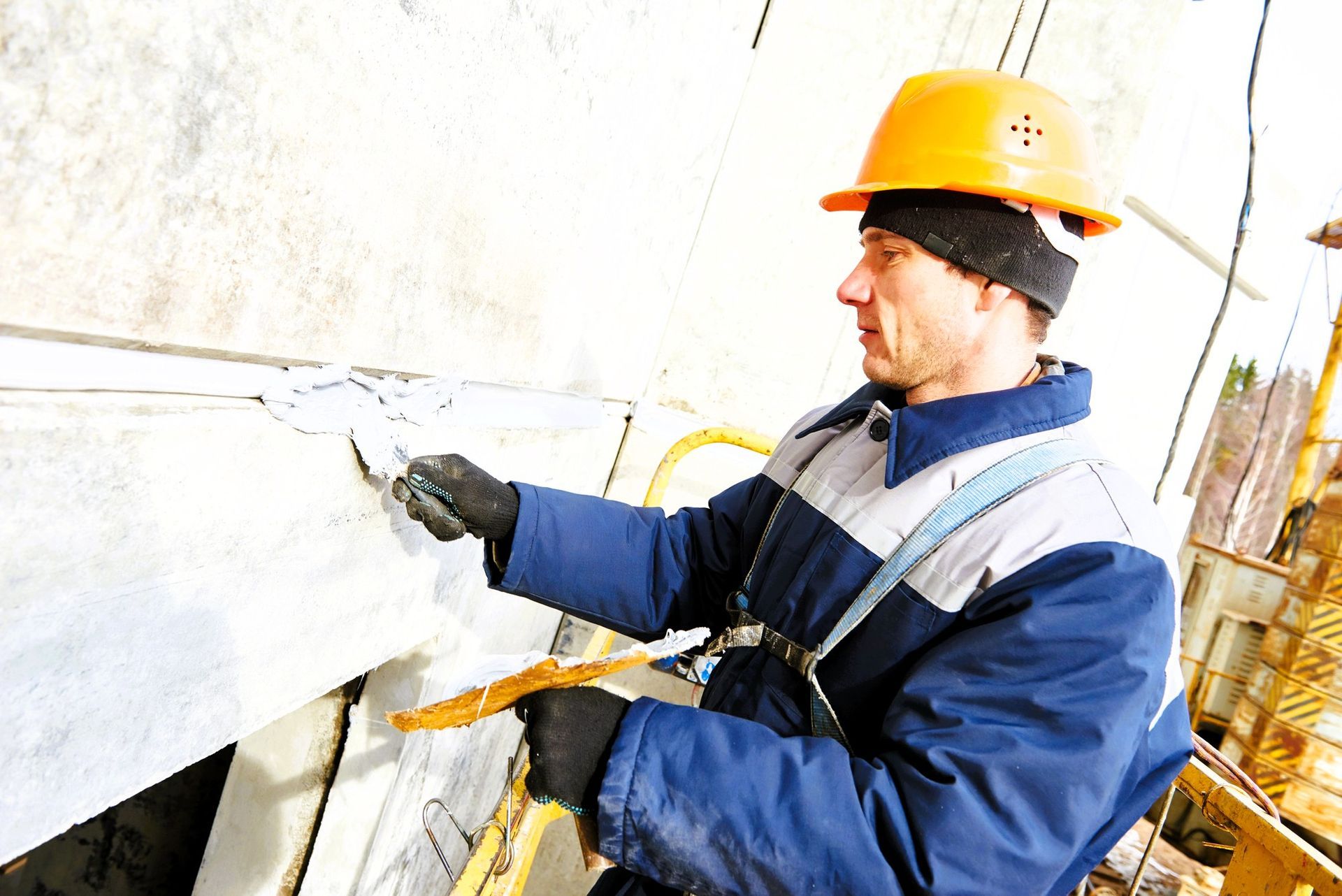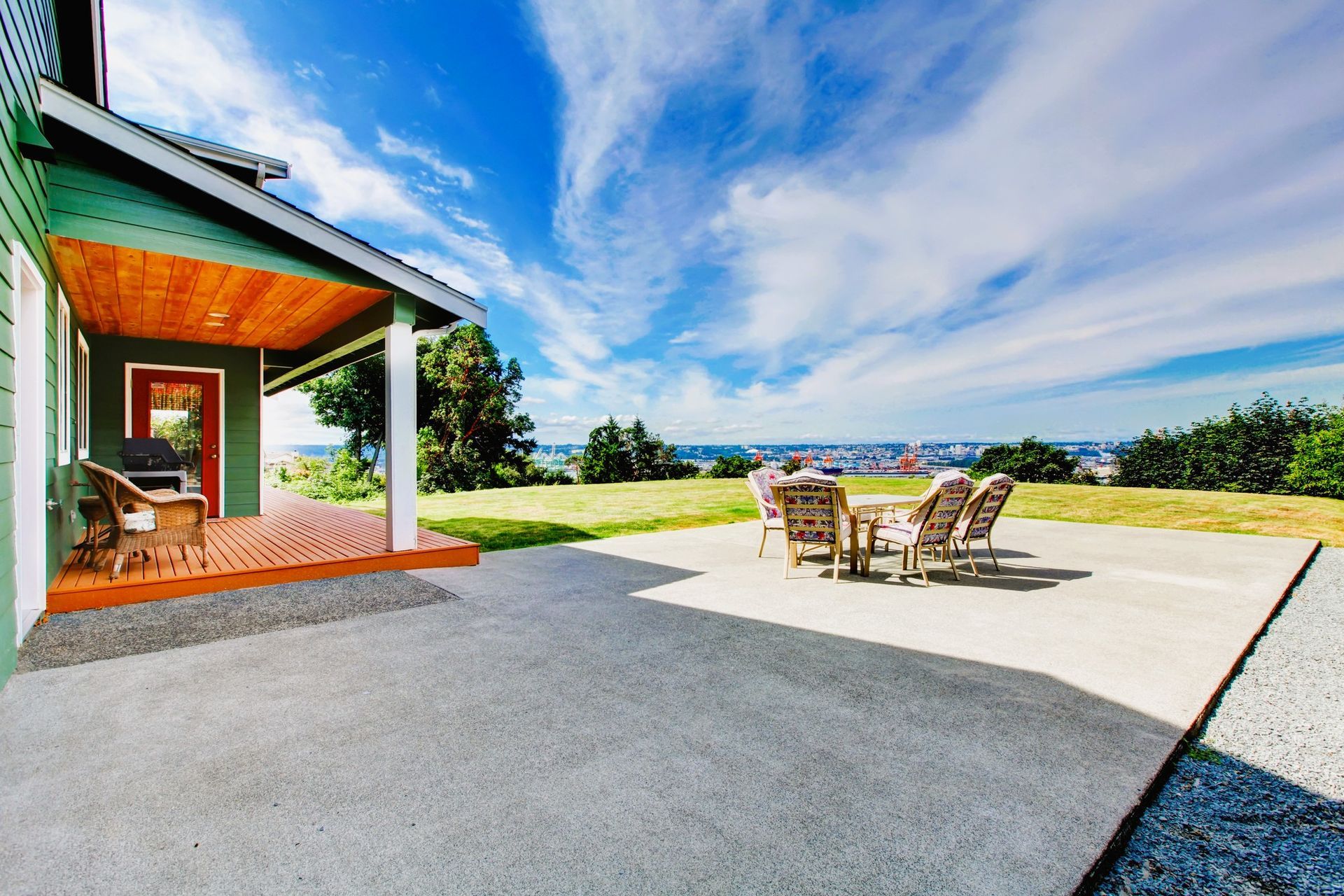5 Common Concrete DIY Mistakes (And How to Avoid Them!)
Common mistakes people make when doing DIY concrete projects

So, you're ready to tackle that concrete project—maybe a new driveway, a fresh patio, or a walkable path in your backyard. Concrete projects seem pretty simple at first, right? Mix, pour, smooth, and you're done. But trust me, there's more to it than that if you want it to look great and last long.
No matter if you’re a DIY pro or tackling your very first concrete project, avoiding a few simple missteps can save you loads of stress, time, and cash. Trust me, we’ve all been there! Here are five common mistakes people make—and how you can sidestep them for a hassle-free, successful project. Let’s get started!
Mistake #1: Skipping the Prep Work (It's More Important Than You Think!)
We get it. The pouring part is the exciting part. But here's the deal: If you rush through the prep stage, you're setting yourself up for trouble. Concrete needs a clean, level, and stable surface to stick to—if it's uneven or full of dirt and debris, cracks and gaps will pop up faster than you can say "oops."
Here's how to do it right:
Start by clearing the area of debris, grass, and roots. Use a plate compactor or tamper to level the ground beneath so it's solid and smooth. Then, add a layer of gravel or sand—it's like giving your concrete a comfy foundation to sit on. Consider ensuring your bed frame is level before putting on the mattress!
A little more effort upfront = a much better result!
Mistake #2: Choosing the Wrong Concrete Mix
Not all concrete is made equal. Using the wrong type for your project could mean the difference between a driveway that lasts decades and one that needs replacing in 2 years. You don't want to use a "one-size-fits-all" mix when it comes to concrete.
Here's the scoop on choosing the right mix:
- The regular mix is perfect for smaller projects like walkways or repairs.
- A high-strength mix is necessary for heavy-duty areas like driveways or anything that needs to support weight.
- The fast-setting mix works well for smaller, quick jobs but might not give you enough time to get things right on a larger scale.
Check the bag or ask a pro to ensure you use the best mix. You don't want to cut corners here!
Mistake #3: Skipping the Reinforcement (It's More Than Just Concrete!)
You might think, "Hey, concrete's strong enough on its own," but here's the thing: Without reinforcement, your concrete is more likely to crack, shift, or break down. Think of it like the bones of your project—reinforcement gives your concrete strength and longevity.
How to get it right:
For more significant projects, like driveways and patios, you'll want to use rebar (steel bars) or wire mesh. These guys help spread out the weight and reduce the risk of cracks. For smaller projects, there's a great option of fiber-reinforced concrete, which has built-in reinforcement. Just make sure to get your reinforcement in place before you pour the concrete, and don't let it sit on the ground—keep it elevated to get appropriately embedded.
Not using reinforcement might save you a few minutes, but it will cost you a lot of time in the long run.
Mistake #4: Adding Too Much Water (It's a Fine Balance!)
Here's an easy mistake to make: adding too much water to your mix. Sure, it makes the concrete easier to pour and smooth out, but trust me—it weakens the whole thing. That extra water can make your concrete more prone to cracks and breakage.
What you should do instead:
Stick to the water-to-concrete ratio on the packaging. Gradually add water and mix until it reaches a thick, paste-like consistency—think cake batter, not soup. The goal is a potent, durable mix that'll stand the test of time.
Patience goes a long way to achieving a solid, lasting result.
Mistake #5: Not Giving It Time to Cure (Patience Is Key!)
It's tempting to walk on or use your freshly poured concrete immediately, but if you don't let it cure properly, you're asking for trouble. Concrete dries too quickly without proper curing, which means cracks and weaknesses are right around the corner.
Here's how to do it right:
Cover the concrete with damp burlap or plastic sheeting, or lightly mist it with water daily. Small projects need about 7 days to cure, and larger ones might need up to 28 days. It sounds like a long time, but trust me—it's worth the wait! Don't drive or walk on it until it's fully cured.
Let's Get Your Concrete Project Right!
Concrete DIY can be an exciting and rewarding challenge—if you do it correctly. Avoid these common mistakes—prep properly, pick the right mix, reinforce your concrete, avoid overwatering, and let it cure—and you'll be proud of the results.
Not sure where to begin? No need to worry—we’ve got your back! At
Grand Rapids Concrete Pros, our expertise and experience ensure we’re with you every step of the way. Whether you’re looking for guidance or want us to handle the entire project, we’re here to make it happen.
Get in touch with us today, and let’s build a concrete project you’ll be proud of!





